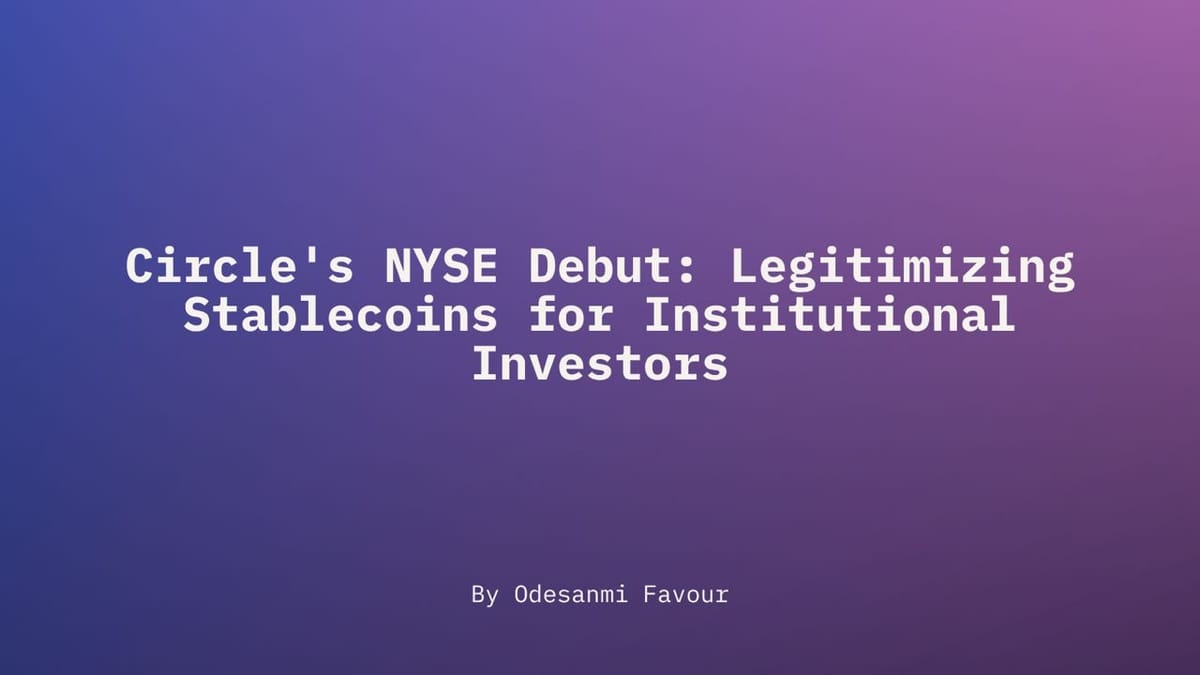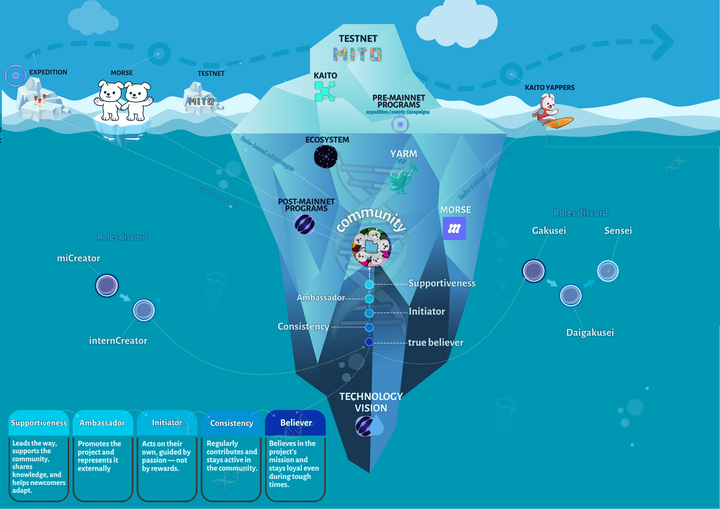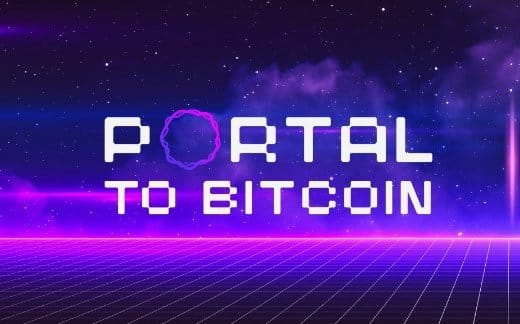Circle's NYSE Debut: Legitimizing Stablecoins for Institutional Investors

Introduction
On June 5, 2025, Circle Internet Financial, the issuer of the USDC stablecoin, made a historic debut on the New York Stock Exchange (NYSE) under the ticker CRCL, raising $1.1 billion in an oversubscribed initial public offering (IPO). With shares surging 168% on the first day and climbing to $165 by June 16, Circle’s blockbuster IPO has not only validated the growing role of stablecoins in global finance but also cemented their legitimacy as a critical infrastructure for institutional investors. As the second-largest stablecoin issuer with $60 billion in USDC circulation, Circle’s public listing signals a structural shift in how digital assets are perceived, bridging the gap between traditional finance (TradFi) and decentralized finance (DeFi). This article explores the significance of Circle’s NYSE debut and its implications for institutional adoption of stablecoins.
In this article, we would explore:
1. The Mechanics of Circle’s IPO and Its Market Impact
2. How Stablecoins Like USDC Are Gaining Institutional Traction
3. The Regulatory and Market Outlook for Stablecoins Post-IPO
The Mechanics of Circle’s IPO and Its Market Impact
Circle’s IPO was a landmark event, marking the first major stablecoin issuer to go public on the NYSE and the largest crypto-related IPO since Coinbase’s 2021 listing. Initially targeting $24–$26 per share for 24 million shares, Circle upsized its offering to 34 million shares at $31 each due to demand that was oversubscribed by 25 times. The stock opened at $69, closed at $83.23 on debut day, and soared to $165 by June 16, reflecting a 400% gain and a valuation of $18 billion. Institutional heavyweights like BlackRock (10% of IPO shares) and ARK Invest ($150 million investment) underscored the event’s significance.
Key Mechanics
-Revenue Model: Circle generates revenue primarily through “reserve income” from interest on USDC’s $22 billion in U.S. Treasury-backed reserves, positioning it as one of the largest non-sovereign holders of U.S. debt. This model provides stability, as USDC’s 1:1 dollar peg ensures predictable cash flows compared to volatile cryptocurrencies.
- Market Dynamics: The IPO’s success reflects growing investor confidence in stablecoins as essential financial infrastructure. Trading volume reached 46 million shares on debut day, driven by both crypto-native and traditional investors. Posts on X highlighted the “stablecoin boom,” with NYSE itself celebrating Circle’s mission to build a “new internet financial system.”
- Underwriters: Led by J.P. Morgan, Citigroup, and Goldman Sachs, with additional support from Barclays and Deutsche Bank, the IPO showcased Wall Street’s backing of regulated crypto entities.
For Example: Consider an institutional investor like a hedge fund allocating $10 million to CRCL shares at the IPO price of $31. By June 16, with shares at $165, their investment would be worth $53.2 million—a 432% return in under two weeks. This rapid appreciation, while volatile, highlights the market’s enthusiasm for stablecoin infrastructure and Circle’s role in it.
Market Impact
Circle’s debut has reinvigorated the IPO market, with NYSE President Lynn Martin calling it a “blowout deal.” Analysts see it as a bellwether for other crypto firms like Kraken and Gemini, which may pursue public listings. The rally also reflects broader market optimism, fueled by a crypto-friendly U.S. administration and anticipated stablecoin legislation, positioning Circle as a pure-play crypto stock focused on utility rather than speculation.
How Stablecoins Like USDC Are Gaining Institutional Traction
Stablecoins, digital tokens pegged to assets like the U.S. dollar, have evolved from niche crypto tools to critical infrastructure for global finance. USDC, with a $60 billion market cap and 27% of the global stablecoin market (behind Tether’s $150 billion USDT), is a backbone for crypto trading pairs, cross-border payments, and DeFi applications. Circle’s NYSE debut has accelerated institutional adoption by demonstrating stablecoins’ reliability and regulatory compliance.
Why Institutions Are Embracing Stablecoins
-Efficiency in Settlements: Stablecoins enable near-instant, low-cost transactions compared to traditional bank wires, which cost $30–$50 and take days to settle. For example, USDC transfers on blockchains like Solana cost as little as $0.10 and settle in seconds, making them ideal for institutional use in remittances and B2B payments.
- DeFi Integration: USDC is integrated into 19 blockchains, including Solana and Ethereum, enabling institutions to use it as collateral in DeFi protocols. For instance, a bank could deposit USDC into a protocol like Aave to earn yield or use it in tokenized markets, such as Apollo’s ACRED fund on Solana, enhancing portfolio diversification.
- Institutional Backing: Partnerships with BlackRock, BNY Mellon, and Stripe (which acquired stablecoin platform Bridge for $1.1 billion) highlight USDC’s credibility. Deutsche Bank’s report notes stablecoins’ role in reinforcing the U.S. dollar’s global dominance, appealing to institutions seeking stability.
For Example: A multinational corporation using USDC for cross-border payroll could save millions annually. For instance, transferring $10 million to overseas suppliers via traditional banking might incur $30,000 in fees and take 3–5 days. Using USDC on Solana, the same transfer costs $100 and settles in minutes, with Circle’s transparent reserve model ensuring trust. This efficiency drove JPMorgan’s support for Circle’s IPO, as stablecoins align with banks’ need for faster, cheaper settlements.
Challenges
Despite the enthusiasm, risks remain. Regulatory overreach, such as caps on stablecoin issuance or stricter reserve requirements, could limit growth. Additionally, Circle’s stock volatility—surging 278% to $120 by June 12—raises questions about valuation sustainability, with some analysts suggesting the $21.5 billion fully diluted valuation may be optimistic.
The Regulatory and Market Outlook for Stablecoins Post-IPO
Circle’s IPO arrives at a pivotal moment for stablecoin regulation. The U.S. Senate is set to vote on the GENIUS Act, expected to pass by summer 2025, which would mandate 1:1 backing by short-term U.S. Treasuries, prohibit non-compliant foreign issuers, and recognize stablecoins as digital cash rather than securities. This regulatory clarity is a key driver of Circle’s success and signals a bright future for stablecoins.
Regulatory Landscape
- U.S. Developments: The Trump administration’s pro-crypto stance and bipartisan support for stablecoin legislation have bolstered investor confidence. The GENIUS Act could legitimize stablecoins as legal payment tools, encouraging adoption by banks and payment companies.
- Global Impact: Stablecoins reinforce the U.S. dollar’s dominance in digital finance, with USDC used in 70% of stablecoin transactions globally. This aligns with U.S. regulatory goals to maintain dollar hegemony, as noted in the proposed legislation.
- Risk Management: Circle’s compliance with NYSE and SEC standards, including third-party reserve audits, sets a precedent for other issuers. However, institutions like Lead Bank highlight the need for better compliance and liquidity management tools to manage intraday risks.
Market Outlook
Analysts project the stablecoin market could grow from $500 billion to $1.6–$3.7 trillion by 2030, driven by demand for low-cost payments and tokenized finance. Circle’s partnerships with Solana for RWA tokenization and its role in tokenized markets like Apollo’s ACRED fund position it to capture this growth. Posts on X reflect this optimism, with users noting Circle’s IPO as a “game-changer” for crypto infrastructure.
For Example: Imagine a pension fund integrating USDC into its treasury management. By holding $50 million in USDC, the fund earns interest on reserves (yield ~4% from Treasuries) while using the tokens for instant settlements in tokenized bond markets. Post-GENIUS Act, regulatory clarity could enable the fund to scale this strategy, driving USDC’s circulation to $100 billion by 2027, with Circle’s revenue growing proportionally.
Challenges and Opportunities
Regulatory clarity is a double-edged sword. While it legitimizes stablecoins, stricter rules could increase compliance costs. Competition from Tether (67% market share) and emerging stablecoins like Ripple’s RLUSD also poses risks. However, Circle’s first-mover advantage in public markets and its focus on institutional-grade infrastructure make it a leader in the space.
Conclusion
Circle’s NYSE debut on June 5, 2025, marks a turning point for stablecoins, legitimizing them as a cornerstone of institutional finance. The IPO’s 400% stock surge, backed by Wall Street giants, reflects confidence in USDC’s role in payments, DeFi, and tokenized markets. As regulatory clarity emerges and the stablecoin market eyes a $3 trillion future, Circle is well-positioned to drive the integration of digital and traditional finance. While risks like volatility and regulation persist, the success of CRCL signals a new era where stablecoins are no longer speculative assets but essential financial tools, reshaping global economic systems for institutions and beyond.



Comments ()